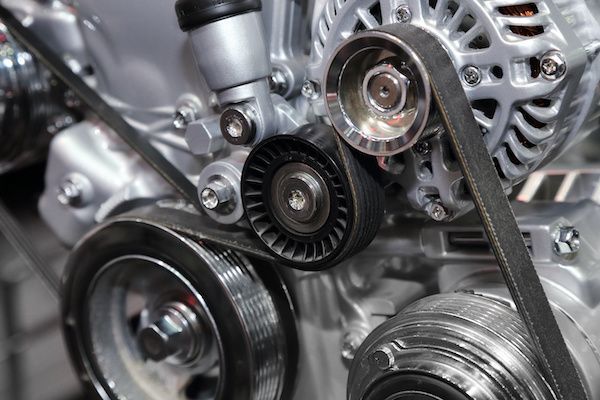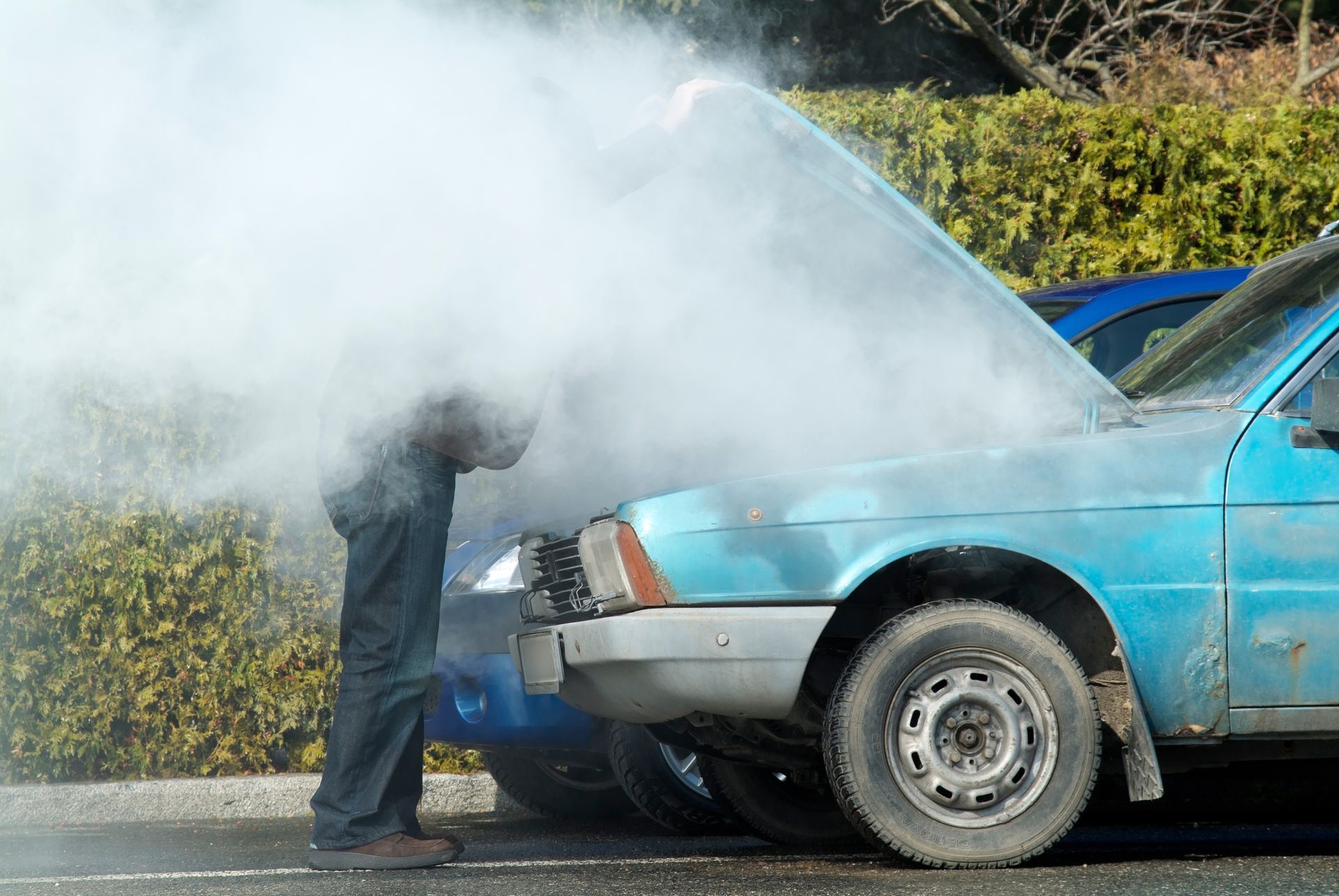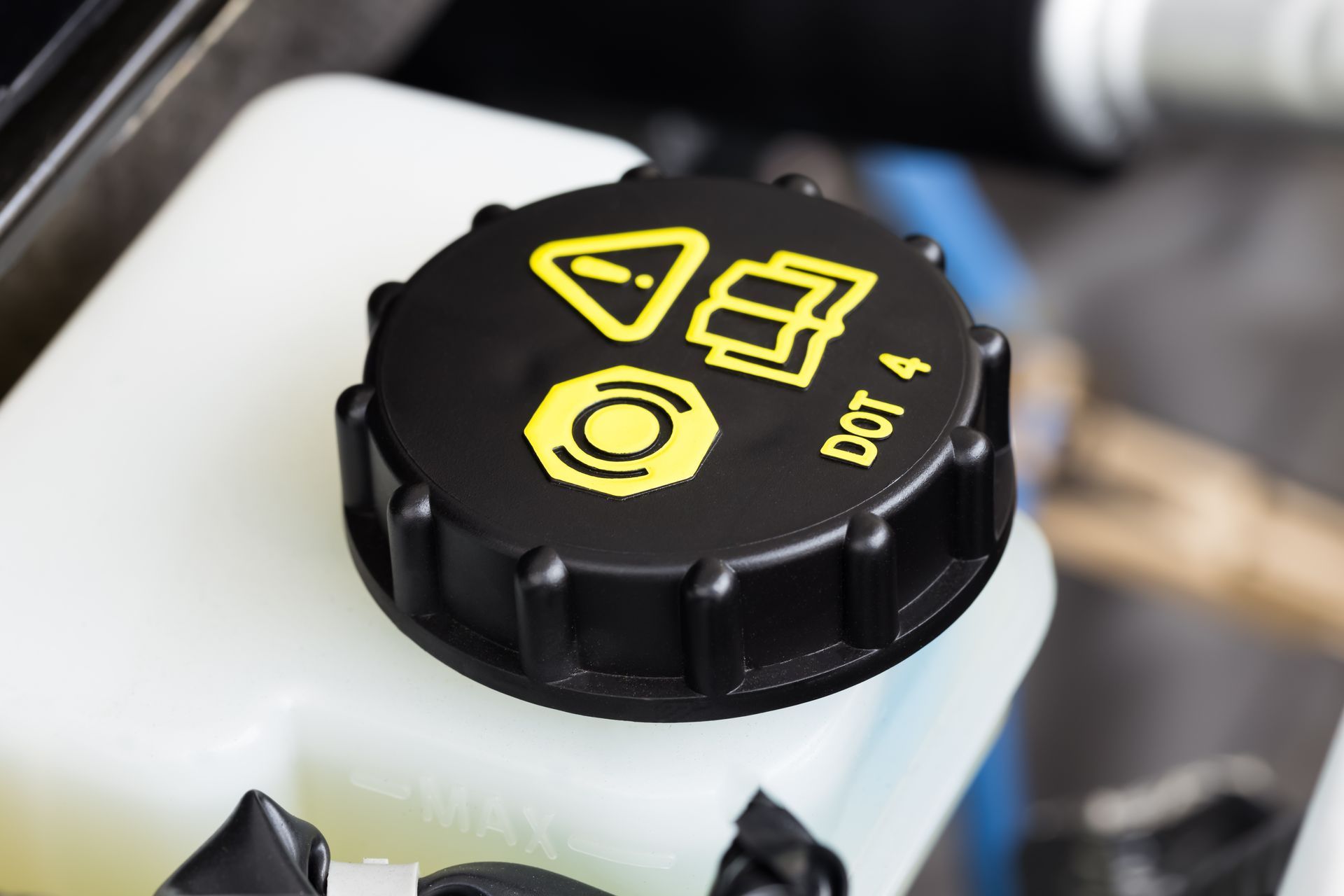
With hundreds and thousands of moving parts that make up an automobile, it can easily get lost when your mechanic throws some terms at you. A common problem that we’ve seen firsthand at BG Automotive is with the vehicle’s major belts. Many drivers get the timing belt and serpentine belt confused. Is there just one? Are they the same? We’re here to answer all the questions regarding the serpentine belt and timing belt.
First things first, the timing belt and serpentine belt are two entirely different components. The timing belt is located near the engine, and its purpose is to synchronize the crankshaft and camshaft(s). It has rubber ribbing that is equally spaced apart to time when the engine intake and exhaust valves to open and close. In contrast, the serpentine belt is a long snake-like belt that transports power to many accessories and sits outside of the engine. Some people call it the accessory belt.
The physical appearances of the two belts are quite different as well. A timing belt has deep, horizontal ribbing. Whereas, a serpentine belt has thinner grooves that run vertically. If you drive an older, high-mileage vehicle, you should be extra careful with these belts. Eventually, they will need to be changed.
Both timing belts and serpentine belts are made to last a long time, but they don’t last forever. Typically, automakers will recommend replacing them every 60,000–100,000 miles, give or take. Even if your car isn’t old, it is important to have a professional mechanic check on them at each service. Otherwise, the belts can break leading to an array of problems. A damaged serpentine belt isn’t as bad as a broken timing belt. A worn timing belt is far worse and can lead to catastrophic engine damage, if not careful.
Fortunately, you can always count on the professional technicians at BG Automotive for thorough belt inspections and careful belt replacements. If you suspect that you’re due for a timing belt replacement or a serpentine belt replacement, please bring your car to BG AUtomotive today. Please give us a call or visit if you have any questions!










